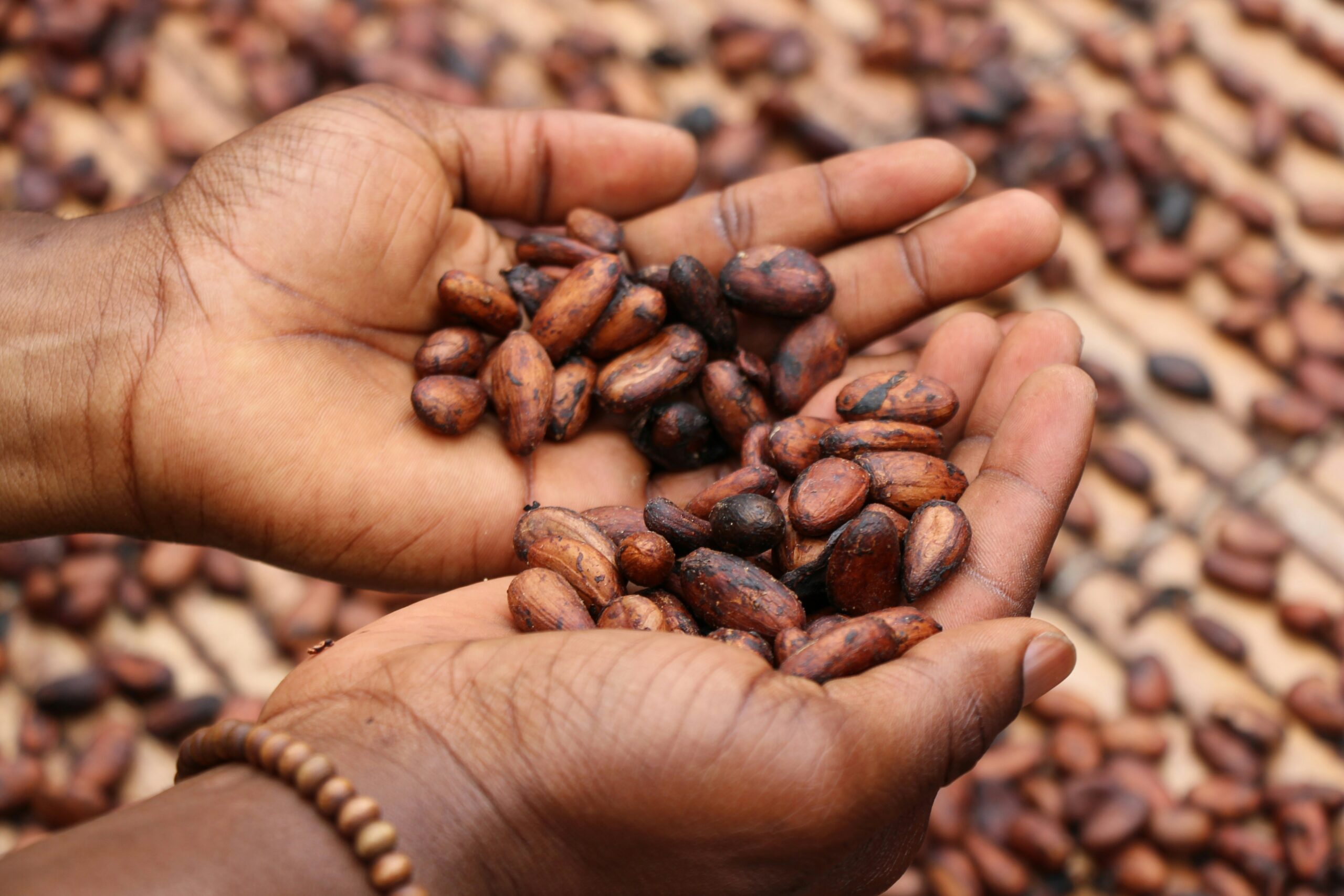News
Cocoa prices reach record highs: Consumers brace for impact

News
AI stocks surge amid market shifts and spending warnings
AI sector drives economic growth; Meta adjusts strategy, Palantir’s valuation sparks questions, and Nvidia leads amid rising competition.
News
AI investments set to surge in 2026 as companies target productivity gains
Analysts forecast $500 billion AI investment by 2026, transforming corporate spending priorities and enhancing economic productivity.
News
Stocks, AI and the economy: What to expect in 2026
2025’s market turmoil analyzed: AI hype, tariffs, global politics, and Federal Reserve impacts—tune in for expert insights!
-



 News4 days ago
News4 days agoWarner rejects Paramount’s hostile takeover bid
-



 Shows4 days ago
Shows4 days agoJames Bozinovski: Reshaping retail with innovative strategies
-



 News3 days ago
News3 days agoAI stocks surge amid market shifts and spending warnings
-



 Ticker Views5 days ago
Ticker Views5 days agoAustralia is reeling from the worst terrorist attack on home soil. Could it have been prevented?
-



 News5 days ago
News5 days agoSupreme Court upholds TikTok ban: Free speech at risk?
-



 News3 days ago
News3 days agoAI investments set to surge in 2026 as companies target productivity gains
-



 News4 days ago
News4 days agoNSW weighs urgent gun law changes after Bondi shooting as firearm caps spark backlash
-



 News4 days ago
News4 days agoExperts warn AI could trigger ‘Grey Swan’ events in the global economy







